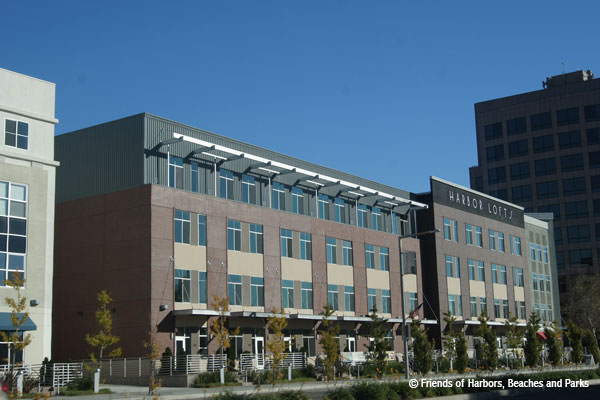 Friends of Harbors, Beaches and Parks (FHBP) got involved in the land use and transportation policy arena with the renewal of Measure M in 2005. When the state budget took a hit and the bond freeze occurred in 2008, FHBP realized that another way to protect lands was to engage at the policy level when decision makers reviewed or re-wrote new policies. Here are a few ways FHBP has gotten involved at the regional level on policies that affect conservation outcomes.
Friends of Harbors, Beaches and Parks (FHBP) got involved in the land use and transportation policy arena with the renewal of Measure M in 2005. When the state budget took a hit and the bond freeze occurred in 2008, FHBP realized that another way to protect lands was to engage at the policy level when decision makers reviewed or re-wrote new policies. Here are a few ways FHBP has gotten involved at the regional level on policies that affect conservation outcomes.
Southern California Emission Reduction
Senate Bill (SB) 375 was introduced by Senator Darrell Steinberg and became law effective January 1, 2009. It prompts regional collaboration to reduce greenhouse gas emissions from cars and trucks and ultimately ties land use planning to transportation and housing. The bill requires that regional planning agencies create a plan to meet emission reduction targets. This incentives-based bill also allows for new California Environmental Quality Act (CEQA) exemptions and streamlining for projects that conform to the new regional plan.
In 2011, FHBP worked with a coalition in Orange County to adopt a conservation policy in the Sustainable Community Strategy (SCS). In 2012, FHBP expanded its coalition across six counties and engaged the Southern California Association of Governments (SCAG) for its Regional Transportation Plan & Sustainable Communities Strategy (RTP/SCS). We were successful in both efforts. Orange County and SCAG adopted the state’s first two conservation policies in an RTP/SCS.
FHBP has been actively engaged with SCAG staff to ensure the 2012 Conservation Policies were prioritized and met. Here are a few of the ways the policies have been implemented so far, SCAG has:
• Collaborated to create a six countywide Geographic Information System (GIS) database of protected lands.
• Worked with each transportation agency to understand its opportunities to use Regional Advanced Mitigation Programs to conserve open space.
• Created an Open Space Working Group to discuss regional conservation programs and policies that has helped filter the list of ideas for the 2016 Plan.
• Hired consultants to draft a Combined Habitat Assessment Protocol.
Because of our engagement and a six-countywide coalition the 2016 RTP/SCS included SCAG’s first ever Natural and Farmlands Appendix. These policies were adopted in April 2016.
View the Regional Policies Resource Page for more information.